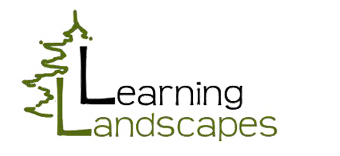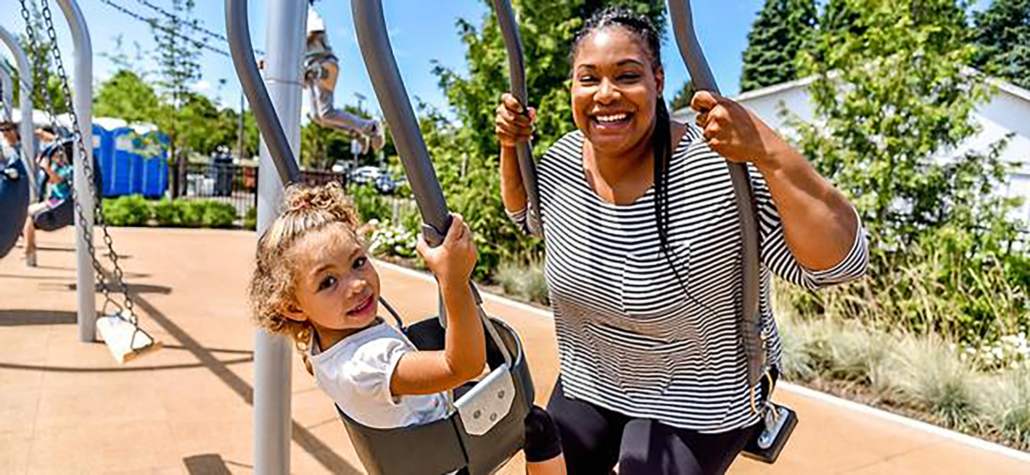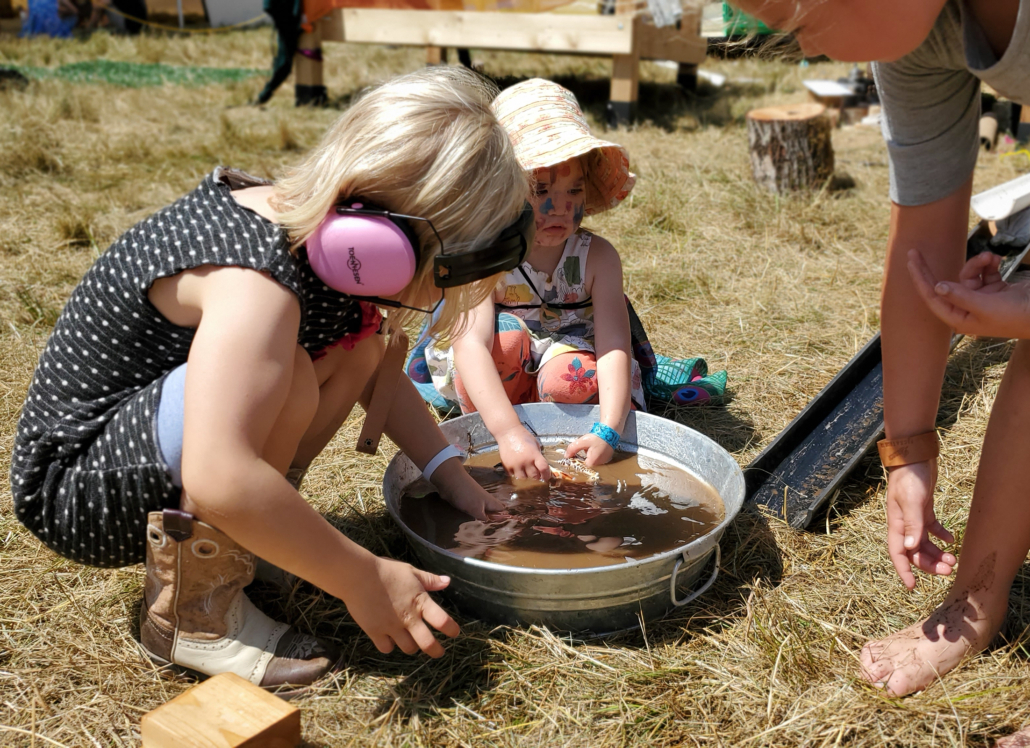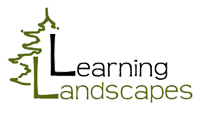DESIGN AN INCLUSIVE PLAYGROUND THAT CREATES PLAY OPPORTUNITIES AND COMMUNITY TOGETHERNESS FOR ALL USERS

Accessible vs. Inclusive Playground Design
The Americans with Disabilities Act (ADA) aims to make sure that people with disabilities have the same rights and opportunities. We understand that ability is a spectrum and people land at each point along the spectrum. It is hard to define national design solutions that work for everyone. ADA design solutions focus mostly on physical access for people with mobility and vision issues. Meeting ADA in play is a bare minimum.
We have found ADA to be greatly lacking in addressing the daily issues of families experiencing disability. Learning Landscapes Design has conducted numerous interviews and sat at tables with groups of accessibility advocates and parents. Through conversations and many design alternatives we have developed a deeper understanding of what families need to support community togetherness. Some are big, bold changes and some are small, thoughtful details. We aim to surpass ADA and create inclusive play areas where children of all abilities can play and explore together.
Inclusive Playground Design is about People
Universal accessibility does not come in one size, shape, or solution. It is about people and meeting their needs for access, joy in play, and togetherness. We will help you address your community’s needs with effective and specific design solutions. This happens from concept design and location of elements through to construction detailing. Inclusive design can include playground equipment, custom designed elements and natural features. Good design begins with a conversation and carefully listening to your community.
One if the most valuable tools Learning Landscapes has been given as designers is a collection of family photos. Each family unit represents a variety of ability. Some differences are physical, developmental, adult, child, visually apparent, and invisible. Once we started to think about accessibility in terms of people it started to be easy to expand our design process to inclusive spaces. This helps us truly get into the specific needs of the day to day users.
Learning Landscapes Design helps communities and schools have conversations about inclusive playgrounds resulting in spaces the promote play and togetherness between children of all abilities.
A few of our inclusive playground design projects
Legacy Grove Adventure Play Area – Winchester KY
McFarland Inclusive Play Area – Dane County, Wisconsin
Mriya Square Inclusive Play Area – Slovyansk Ukraine
McDowell Early Childhood Playscape – Hudson, OH
Gilbert House Children’s Museum – Salem OR
Montclair Community PreK – Montclair NJ
After many years playgrounds often face these issues
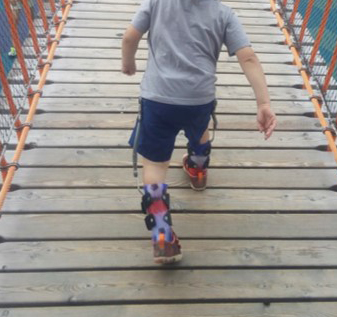 Aging equipment that was not created to be accessible let alone inclusive.
Aging equipment that was not created to be accessible let alone inclusive.- Playgrounds that are dominated by physical play and have few opportunities for social, imaginative, and sensory engagement.
- Lots of ramping that dominates the play space.
- Inaccessible surfacing around equipment, reducing children’s ability to even approach the play area.
- Low variety of challenge either all pieces are too easy or too hard, leaving lots of abilities without ways to engage.
- Safety issues for children of all abilities.
- Playground area labeled as ‘inclusive’, but only a few elements might meet this criteria leaving families discouraged after visiting.
Often parks districts and schools are adding play areas over time. This leaves a variety of spaces and playground approaches across the community. Resulting in a mish mash of play types in a variety of conditions. Few which meet the needs of the whole spectrum of children. Some areas will do one large ‘inclusive play area’. We believe it is fundamental that all playgrounds aim for inclusion.
Turn your challenges into opportunities with a new Inclusive Playground
Balance Play Offerings
It is no surprise that children with a large diversity of abilities and interests like to play in lots of different ways. A variety of play spaces is important for inclusion as well as child development. We try to incorporate some if each of the following:
- Physical play
- Sensory play
- Quiet spaces for downgrading and relaxing
- Imaginative play
- Open spaces for creating games
- Features that support social togetherness
- Spaces adjacent to the highly active spaces where children can observe before joining in
- Loose parts and movable pieces
- Clear wayfinding
- Quiet seek and find type games that can be played alone or in a group
- Clear boundaries
Improve Access
- Surfacing can be a big barrier to children with mobility devices. Having accessible surfacing that continues from the arrival / parking to all the main play activities is crucial for an inclusive playground.
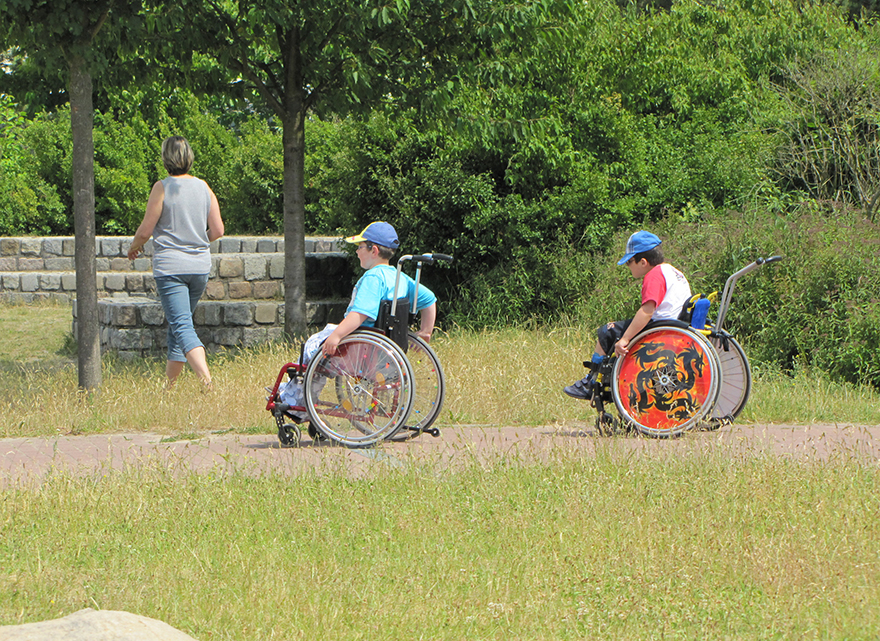
- Play structures that are dominated by ramping can be less inviting to children and focus on one main play type.
- Create open areas with lots of play opportunities and clear access. Consider creating elevation with hills and accessible paths.
Make the Best Play Component Accessible
The most exciting and visually attractive element in the play area should be accessible to all. This makes sure that children with all abilities feel included and can participate in the most attractive or exciting activities. Sometimes the ‘best component’ can change by opinion of the child but we do our best to make all the cool stuff accessible.
Support Facilities For Your Inclusive Playground
Support facilities are important for all users and users with special needs can often benefit from some specific support facilities.
- Restrooms with ADA stalls and or more space for private care giving
- A fence with a gate
- Parking that is close to the play area
- Lots of seating
- ADA accessible tables and benches
- Shade and water
